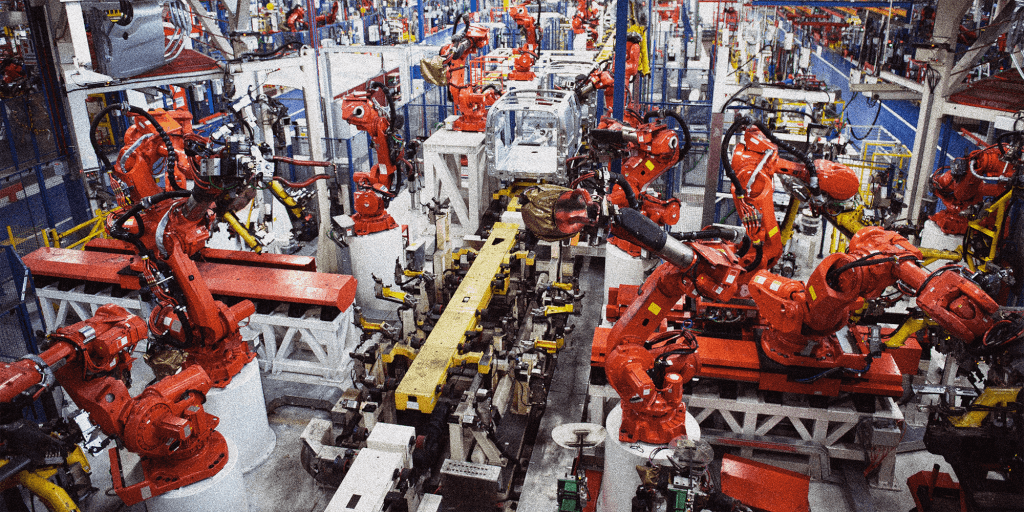Enterprise Hybrid Cloud: Managing Automated Provisioning

For enterprise IT, just about anything can be scripted and automated for infrastructure to be provisioned and started, stopped, deleted, restored, replicated, and more.
The scripted part can be anything from a command line call to an API of the infrastructure provider to using a scripting program like Python to configure some logical actions. There are explicit configuration tools for part of the process to provision infrastructure, as well as full-blown, built-in support by cloud management platforms (CMPs) that can integrate with all of these scripting methods. This way, once configured the user points and clicks from a web-based user interface.
At the enterprise level, a lot of developers have converged on these three configuration tools to do the upfront scripting that creates the logic to assemble and integrate infrastructure and application stacks for development, testing, and production:
- Ansibile
- Chef
- Puppet
Some enterprises use Terraform, an Infrastructure-as-code (IaC) approach, to get what used to be bare metal provisioning. This IaC platform treats the stand up of infrastructure much like the process used by developers to develop, test, and release code using an agile or continuous delivery model for DevOps initiatives.
There’s a catch, though, for enterprises — IT operations teams often end up managing the infrastructure after it has gone through development and any test environments. They will hopefully be able to manage and update in coordination with the development or DevOps teams. It does not always go smoothly.
The more teams within the organization are updating and introducing more automation technologies, the more complex it can get. What if the “tribal knowledge” of one team who does the automation is not the same approach as others? I’ve heard the expression, “skunk-works project” to refer to some of these environments that have been developed but are not standardized across the organization. Uncovering who is responsible for what and how it was developed can be a nightmare as teams change over time.
The benefits of automation, when implemented properly from a centrally managed platform like CloudBolt as an enterprise hybrid cloud platform, can have huge benefits for IT operations teams, infrastructure teams, and application development teams.
The benefits of a centrally managed hybrid cloud management platform will help:
- Reduce the backlog of IT requests and improve morale
- Consolidate control access to resources aligned to department needs
- Remove bottlenecks in the approval process for provisioning resources
- Prevent dormant resources from being underutilized
- Improve decision-making with resource usage transparency
Related Blogs

The Future of Cloud Cost Management and Optimization is Here with CloudBolt
It’s an exciting time to be in the Cloud Cost Management and Optimization space. The landscape is quickly changing as…

